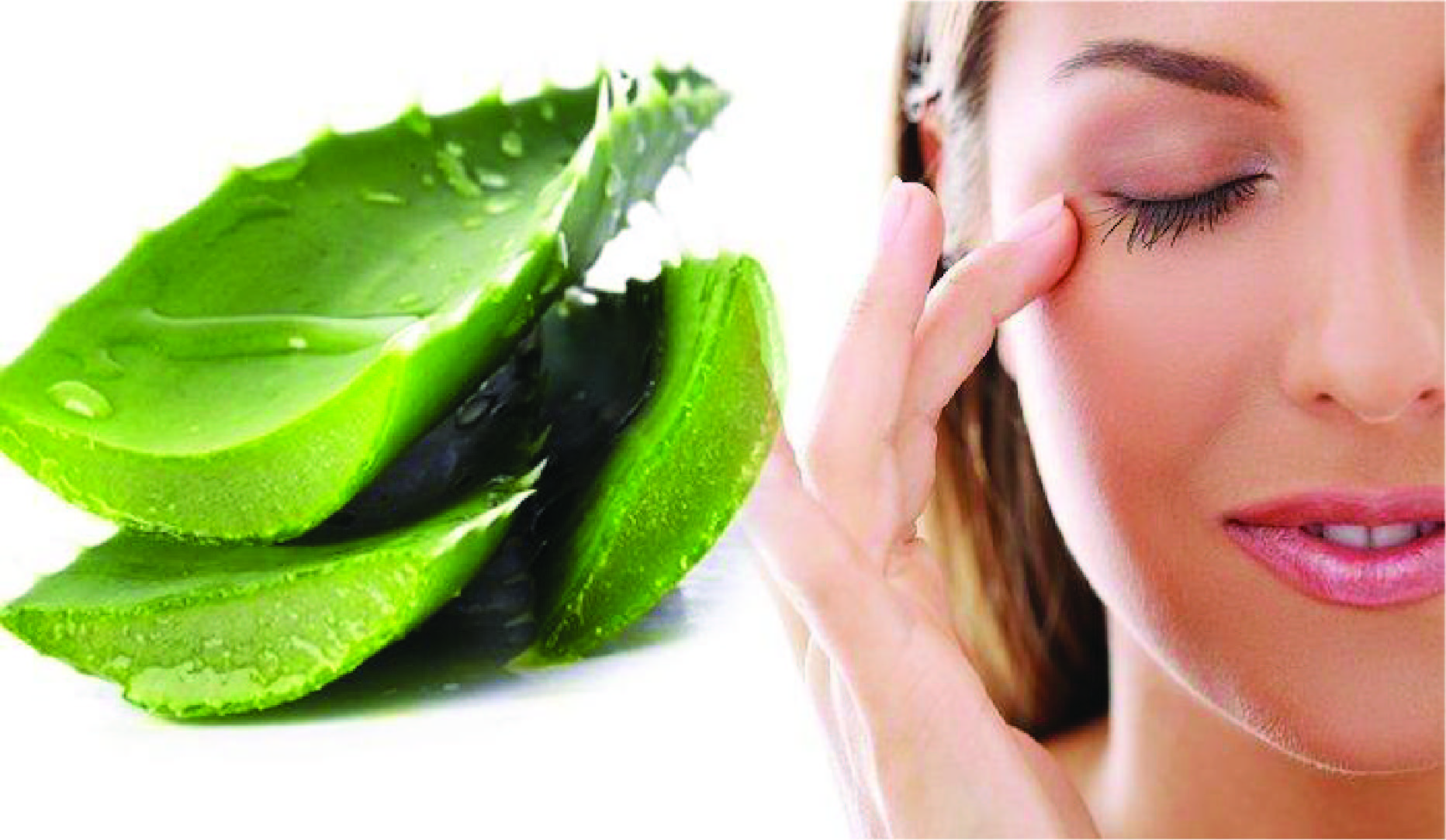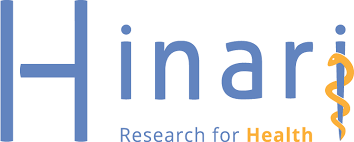FORMULATION AND TEST OF ANTIBACTERIAL ACTIVITY OF EMULGEL ESSENTIAL OIL OF CITRONELLA (CYMBOPOGON NARDUS (L.) RENDLE) AND ALOE VERA (ALOE VERA (L.) BURM. F.) EXTRACT AGAINST PROPIONIBACTERIUM ACNES

Downloads
Background: Acne is described as an abnormal skin condition caused by the disruption of excess oil production and collaboration with bacteria. Aloe vera and citronella oil are plants that have antibacterial properties, including acne-causing bacteria. Purpose: To obtain a formulation that has an anti-acne effect. Method: This research method is experimental in which the formulation of citronella oil emulgel and aloe vera extract is made as much as 10-15 grams in each formula by varying the additional ingredients in each formulation. This formula was made from three different concentrations (F1 (6%:4%), F2 (4%:6%), and F3 (5%:10%)) and tested the physical stability, among others, organoleptic, pH, homogeneity, dispersion and antibacterial activity against Propionibacterium acnes. Result: There was no significant difference between the organoleptic test, pH, homogeneity, and inclusion in the eligible category. In contrast, the dispersion test had a slight difference in F2 and F3, which did not meet the requirements. Conclusion: Inhibitory activity test of the preparations obtained the average diameter of citronella oil emulgel preparations and aloe vera extract at concentrations of F1 (6%:4%), F2 (4%:6%), and F3 (5%:10%) are 11 mm, 10.7 mm and 16 mm and the ability to inhibit bacteria by all concentrations was in a strong category. Among the three formulations known to have the most remarkable effectiveness was at F3 (5%:10%) with an inhibitory diameter of F3 16 mm.
Afianti, H.P., Murrukmihadi, M., 2015. Pengaruh Variasi Kadar Gelling Agent Antibakteri Sediaan Gel Ekstrak Etanolik Kemangi (Ocimum basilicum L . forma citratum back .). Maj. Farm. Vol. 11(2), Pp. 307-315.
Ali, T.A.M., Muti'ah, M., Roihatul Roihatul Suryadinata, A., 2021. Literature Review Evaluasi Sediaan Ekstrak Daun Lidah Buaya (Aloe Vera (L.) Webb) sebagai Anti Jerawat pada Uji Pra Klinis dan Uji Klinis. Universitas Islam Negeri Maulana Malik Ibrahim.
Bota, W., Rondonuwu, M.M.F.S., 2015. Potensi Senyawa Minyak Sereh Wangi (Citronella oil) dari Tumbuhan Cymbopogon Nardus L. sebagai Agen Antibakteri. In: Prosding Seminar Nasional Sains Dan Teknologi. Fakultas Teknik Universitas Muhammadiyah Jakarta, Jakarta, Pp. 1-8.
Brooks, G.F., Butel, J.S., Morse, S.A., Hartanto, H., 2008. Jawetz, Melnick, dan Adelberg Mikrobiologi Kedokteran: Edisi XXII, 23rd ed. EGC Penerbit Buku Kedokteran, Jakarta.
Davis, W.W., Stout, T.R., 1971. Disc Plate Method of Microbiological Antibiotic Assay. II. Novel Procedure Offering Improved Accuracy. Appl. Microbiol. Vol. 22(4), Pp. 666-670.
Dewi, C., Saleh, A., Awaliyah, N.H., Hasnawati, H., 2018. Eevaluasi Formula Emulgel Lendir Bekicot (Achatina fulica) dan Uji Aktivitas Antibakteri terhadap Bakteri Staphylococcus epidermidis Penyebab Jerawat. J. Mandala Pharmacon Indones. Vol. 4(2), Pp. 122-134.
Fani, M., Kohanteb, J., 2012. Inhibitory Activity of Aloe Vera Gel on Some Clinically Isolated Cariogenic and Periodontopathic Bacteria. J. Oral Sci. Vol. 54(1), Pp. 15-21.
Handayani, M., Mita, N., Ibrahim, A., 2015. Formulasi dan Optimasi Basis Emulgel Carbopol 940 dan Trietanolamin dengan Berbagai Variasi Konsentrasi. Proceeding Mulawarman Pharm. Conf. (Prosiding Semin. Nas. Kefarmasian) Vol. 15(1), Pp. 53-60.
Herwin, H., Sari, Z.P., Nuryanti, S., 2018. Aktivitas Antibakteri Ekstrak Etanol Daun dan Ampas Teh Hijau (Camellia Sinensis L.) terhadap Bakteri Penyebab Jerawat (Propionibacterium acne dan Staphylococcus epidermidis ) secara Difusi Agar. As-Syifaa J. Farm. Vol. 10(2), Pp. 247-254.
Irianto, I.D.K., Purwanto, P., Mardan, M.T., 2020. Aktivitas Antibakteri dan Uji Sifat Fisik Sediaan Gel Dekokta Sirih Hijau (Piper betle L.) sebagai Alternatif Pengobatan Mastitis Sapi. Maj. Farm. Vol. 16(2), Pp. 202-210.
Kadek, A.N., Gede, D.I.B., Ketut, S.S., 2012. Daya Hambat Ekstrak Kulit Daun Lidah Buaya (Aloe barbadensis miller) terhadap Pertumbuhan Bakteri Staphylococcus aureus ATCC 25923 dan Escherichia coli ATCC 25922. J. Biol. Udayana. Vol. 16(1), Pp. 1-4.
Kamal, S.E., Saputri, D.S., 2018. Uji Aktivitas Infusa Daun Lidah Buaya (Aloe Vera L.) terhadap Propionibacterium acnes Penyebab Jerawat. J. Farm. Sandi Karsa Vol. 7(4), Pp. 1-4.
Laverius, M.F., 2011. Optimasi Tween 80 dan Span 80 sebagai Emulsifying Agent serta Carbopol sebagai Gelling Agent dalam Sediaan Emulgel Photoprotector Ekstrak Teh Hijau (Camellia sinensis L.). Universitas Sanata Dharma.
Lertsatitthanakorn, P., Arunyanart, S.T.C., Khunkitti, C.A.W., 2008. Effect of Citronella Oil on Time KillProfile, Leakage, and Morphological Changesof Propionibacterium acnes. J. Essent. Oil Res. Vol. 22(3), Pp. 270-294.
Madelina, W., Sulistiyaningsih, S., 2018. Review: Resistensi Antibiotik pada Terapi Pengobatan Jerawat. J. FARMAKA Vol. 16(2), Pp. 105-117.
Mulyani, T., Wahyu, Y., Hidayat, D., Isbiantoro, I., Fatimah, Y., 2017. Ekstrak Daun Katuk (Sauropus Androgynus (L) Merr) sebagai Antibakteri terhadap Propionibacterium acnes dan Staphylococcus epidermidis. JFL J. Farm. Lampung Vol. 6(2), Pp. 46-54.
Nurdianti, L., 2018. Evaluasi Sediaan Emulgel Anti Jerawat Tea Tree (Melaleuca alternifolia) Oil dengan menggunakan HPMC sebagai Gelling Agent. J. Pharmacopolium Vol. 1(1), Pp. 23-31.
Puspawati, N.M., Suirta, I.W., Bahri, S., 2016. Isolasi, Identifikasi, serta Uji Aktivitas Antibakteri pada Minyak Atsiri Sereh Wangi (Cymbopogon winterianus jowitt). J. Kim. (Journal Chem. Vol. 10(2), Pp. 219-227.
Putriningtyas, D., Kuswandi, M., Munawaroh, R., 2013. Aktivitas Antibakteri Minyak Atsiri Daun Sirih Merah (Piper crocatum ruiz & Pav.) dan Minyak Atsiri Daun Sereh Wangi (Cymbopogon Nardus (L.) Rendle) Asal Tawangmangu terhadap Bakteri Staphylococcus Aureus dan Escherichia Coli. Universitas Muhammadiyah Surakarta.
Sholih, M.G., Muhtadi, A., Saidah, S., 2015. Rasionalitas Penggunaan Antibiotik di Salah Satu Rumah Sakit Umum di Bandung Tahun 2010. J. Farm. Klin. Indones. Vol. 4(1), Pp. 64-70.
Siber, H.T., Putra, I.W.A., Anggraini, D.I., 2019. Tata Laksana Terkini Acne Vulgaris. JK Unila J. Kedokt. Univ. Lampung Vol. 3(2), Pp. 313-319.
Suhaimi, S., Indrawati, T., Kumala, S., 2018. Uji Aktivitas Kombinasi Ekstrak Kering Lidah Buaya (Aloe Vera. (L)Brum. F.) dan Ekstrak Kental Daun Sirih Merah(Piper crocatum ruiz & Pav) untuk AntibakteriPenyebab Jerawat. J. Ilmu Farm. Farm. Klin. Vol 15(1), Pp. 7-14.
Susanto, A.A.M.I., Pramuningtyas, R., n.d. Review Analisis Efektivitas Terapi Antibiotik Acne Vulgaris Derajat Berat. In: Medical Research For Better Health In Pandemic. Pp. 192-200.
Wirawan, E., 2019. Potensi Serai Wangi sebagai Pestisida Nabati.Yani, T.N., Anwar, E., Saputri, F.C., 2016. Formulasi Emulgel yang Mengandung Ekstrak Etanol Daun Binahong (Anredera cordifolia (Ten.) Steenis ) dan Uji Aktivitasnya terhadap Propionibacterium acnes secara in Vitro. J. Kefarmasian Indones. Vol. 6(2), Pp. 89-97.
Yenny, S.W., 2019. Antibiotic Resistaince in Acne Vulgaris. West Sumatera, Indonesia.Yenti, R., Afrianti, R., Qomariah, S., 2014. Formulasi Emulgel Ekstrak Etanol Daun Dewa (Gynura Pseudochina (L.) Dc) untuk Pengobatan Nyeri Sendi terhadap Tikus Putih Jantan. In: Prosiding Seminar Nasional Dan Workshop "Perkembangan Terkini Sains Farmasi Dan Klinik IV. Pp. 56-53.
Yenti, R., Afrianti, R., Qomariah, S., 2014. Formulasi Emulgel Ekstrak Etanol Daun Dewa (Gynura Pseudochina (L.) Dc) untuk Pengobatan Nyeri Sendi terhadap Tikus Putih Jantan. In: Prosiding Seminar Nasional Dan Workshop "Perkembangan Terkini Sains Farmasi Dan Klinik IV. Pp. 56-53.
Copyright (c) 2023 Journal of Vocational Health Studies

This work is licensed under a Creative Commons Attribution-NonCommercial-ShareAlike 4.0 International License.
- The authors agree to transfer the transfer copyright of the article to the Journal of Vocational Health Studies (JVHS) effective if and when the paper is accepted for publication.
- Legal formal aspect of journal publication accessibility refers to Creative Commons Attribution-NonCommercial-ShareAlike (CC BY-NC-SA), implies that publication can be used for non-commercial purposes in its original form.
- Every publications (printed/electronic) are open access for educational purposes, research, and library. Other that the aims mentioned above, editorial board is not responsible for copyright violation.
Journal of Vocational Health Studies is licensed under a Creative Commons Attribution-NonCommercial-ShareAlike 4.0 International License














































